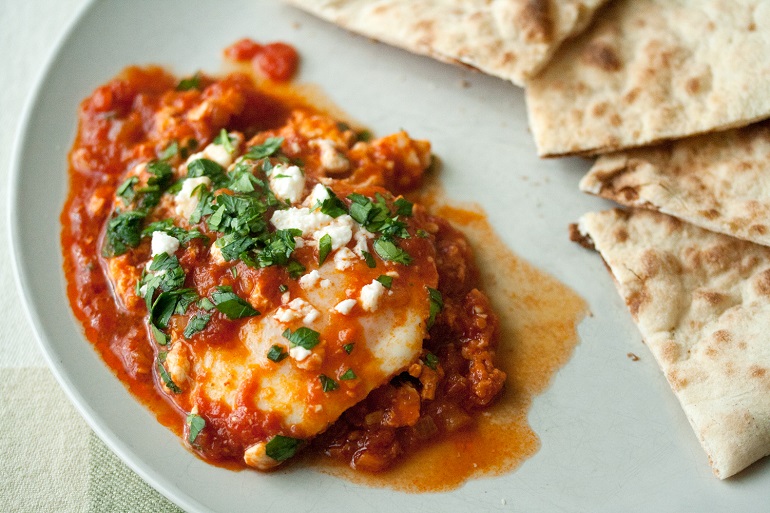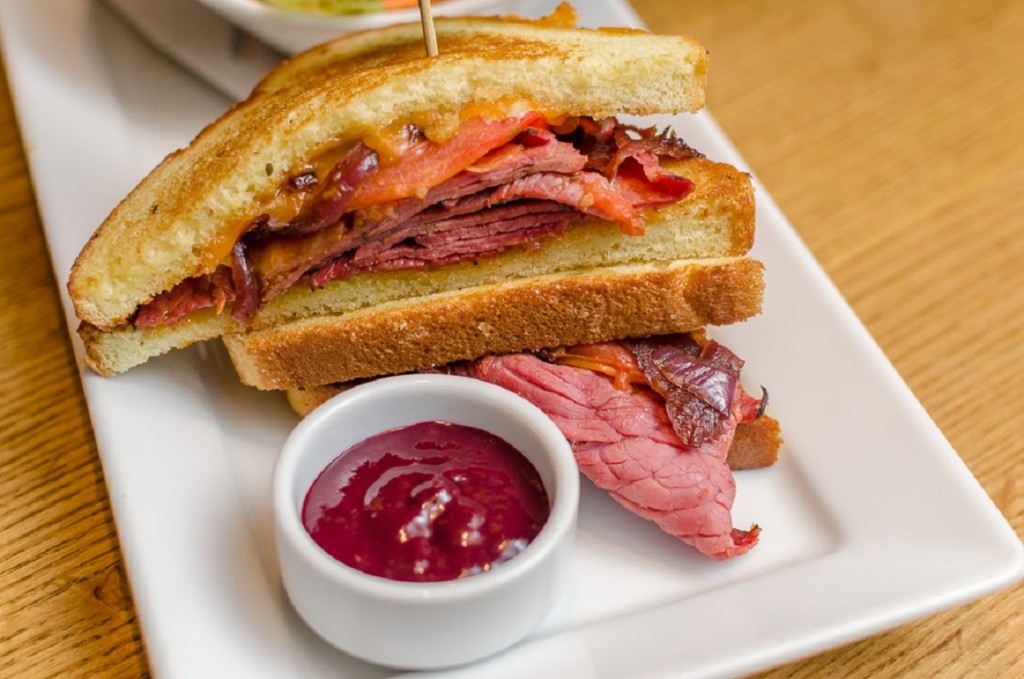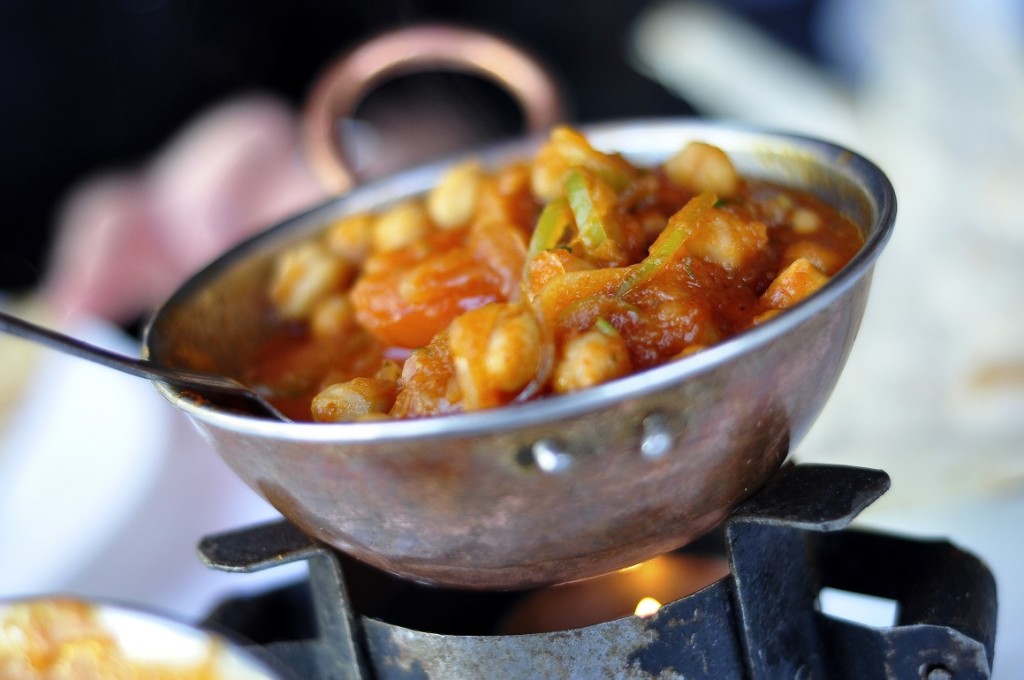Ethnic food. Go ahead, roll the term around in your head a couple times. Imagine the sights and smells that kick your senses into gear, the flavors that accompany the phrase, the cultures that inspire the cuisine.
Now, think about the phrase again, but this time, take note of specific foods that come to mind.

Photo courtesy of @polkaroo on flickr.com
Yum. What are you thinking of? Is Korean bulgogi, in all its savory and sizzling glory, the first thing that pops into your head? Or is it Moroccan tajine, steaming and spiced on a bed of fiery charcoal? Maybe it’s a piping hot bowl of Russian borscht.
Regardless of the dish that comes to mind, there is undeniable common ground between them: nationalities, cultivated heritages, and above all, a combination of culture and history in a beautifully packaged edible form. To put it bluntly, I think that’s pretty damn cool. The fact that you can begin to learn about a culture through a single bite has never failed to amaze me.
That being said, I’ve always been a little confused as to why the expression “ethnic food” exists in the first place. I mean, isn’t all food ethnic, if you really think about it? By definition, it’s an adjective that describes pretty much anything related to culture, so why do Western European or traditionally American dishes get a pass on the label?

Photo courtesy of @qasic on flickr.com
Not only are they exempt from the name, they’ve also escaped the stigma surrounding cuisines that are thought of as “ethnic.” Nowadays, non-European foods are all the rage. You can’t browse through a foodie magazine or blog without being bombarded with the praises of Kombucha or Açaí. But it hasn’t always been like that.
For years, South American, Asian, Middle Eastern, and a myriad of other cuisines were marked as subpar and exclusive to immigrant consumption in America. That’s right, imagine a world where you couldn’t chow down on your pita and hummus without receiving a weird stare. Crazy stuff. When compared to the almighty hamburger or meatloaf, phở and tortas never stood a chance, much less any sort of respect from general society.

Photo courtesy of @divya_ on flickr.com
As a first-generation Asian American, it stings a little when the foods I grew up with are thrown under an arbitrary umbrella term (along with countless other cuisines) and passed off as a means to venture out of one’s proverbial comfort zone. Though food trends today have definitely shifted in favor of traditionally immigrant eats, the term “ethnic food” still exists, drawing a dividing line between hot dogs and chicken curry.
So, let’s change that. Let’s start acknowledging the specific cultural roots of our meals instead of just popping in and out of that new restaurant serving the next food trend. Instead of singling out eats we aren’t familiar with as “ethnic” and different, let’s just call these dishes what they really are — food. Period. No extra labels necessary. Because at the end of the day, it’s all just yummy for your tummy.


